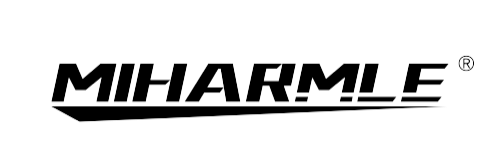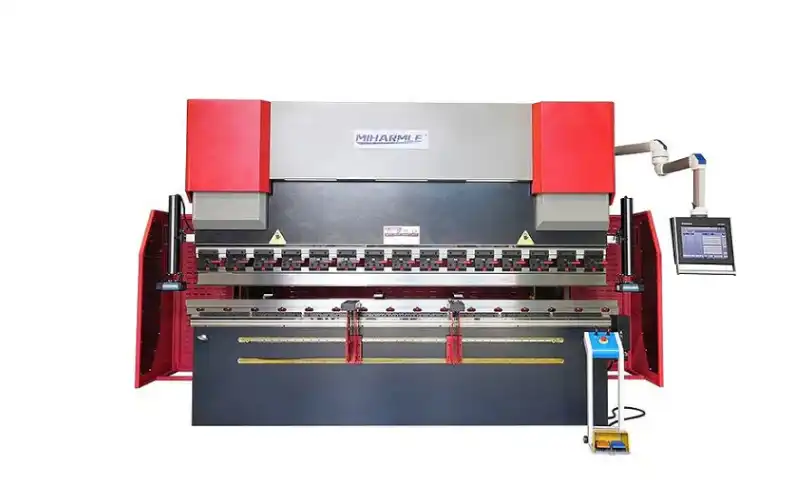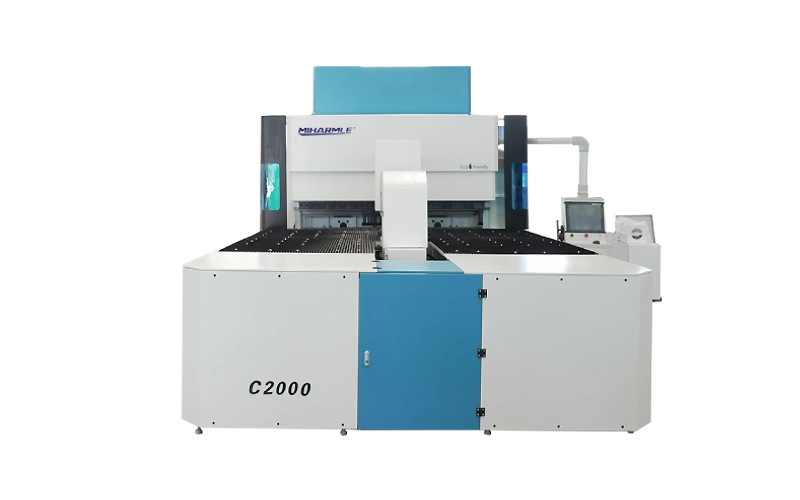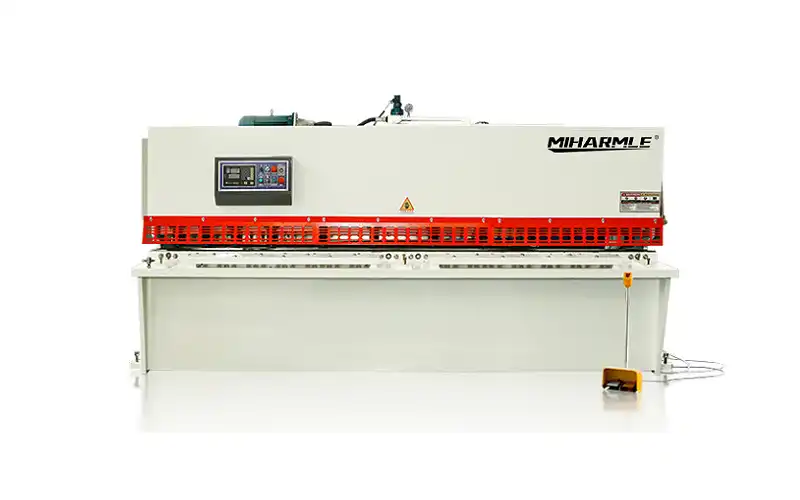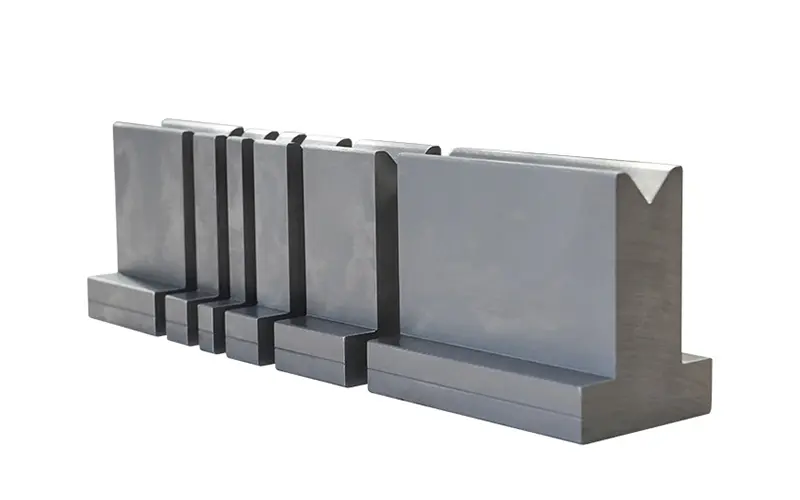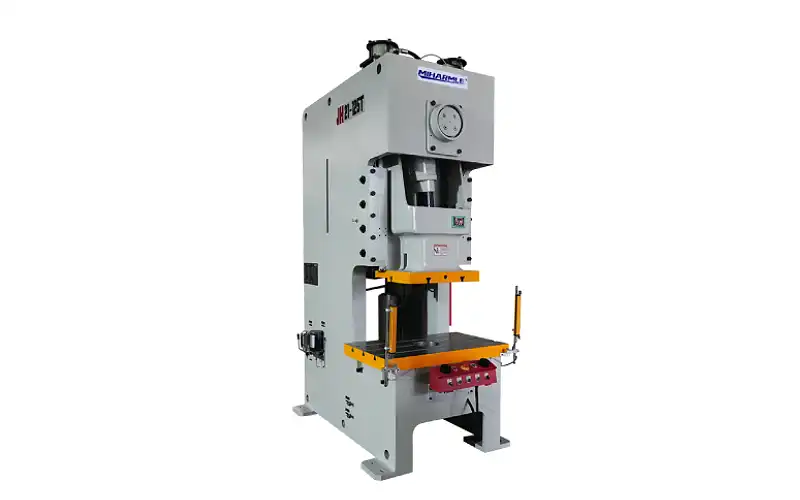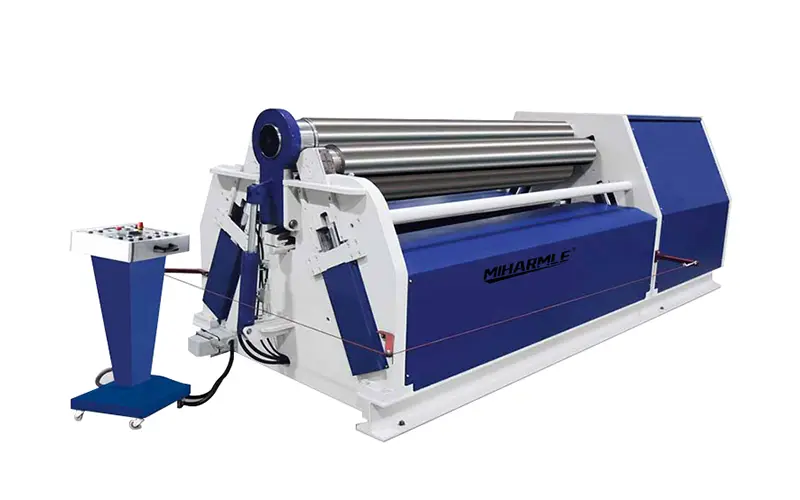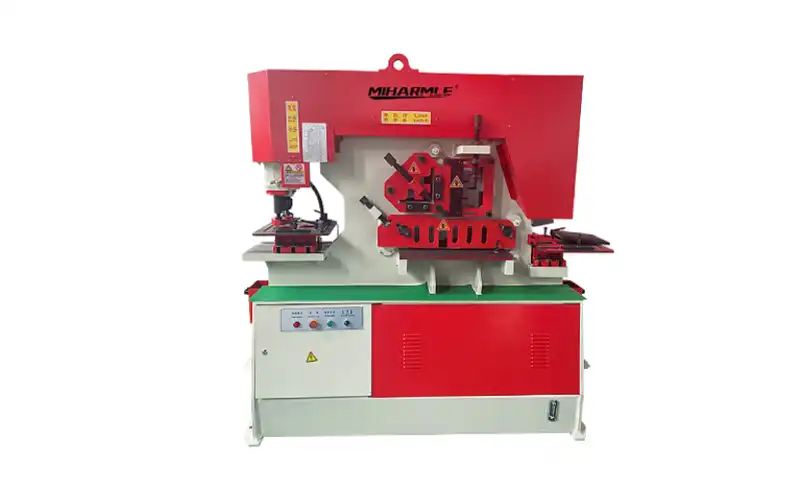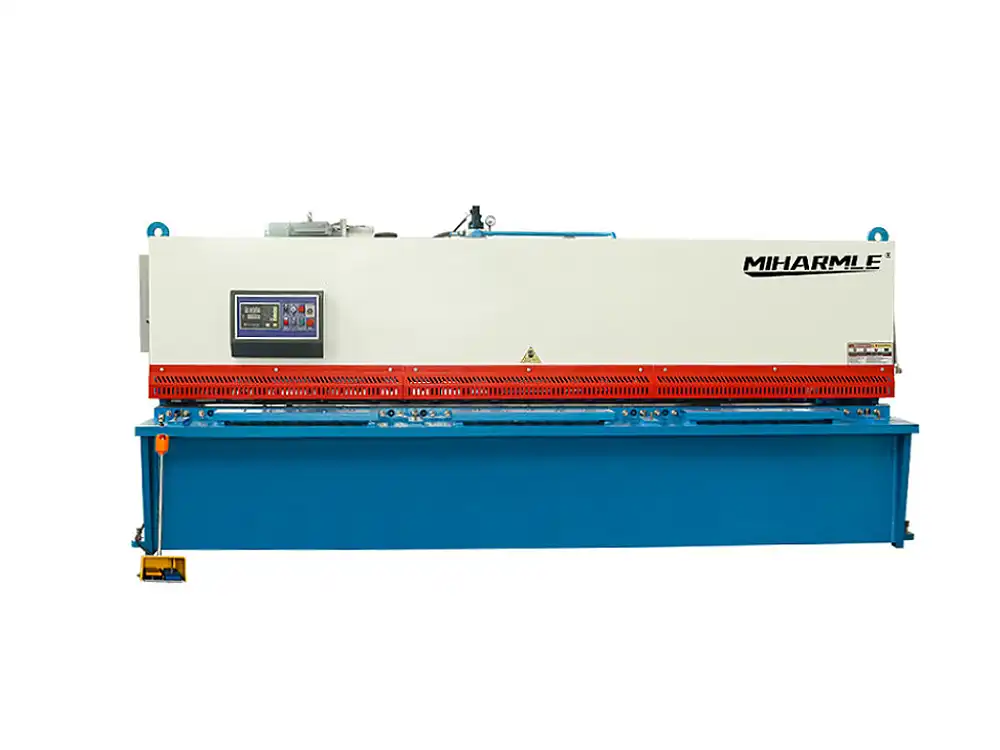
Станки для стрижки листового металла играют решающую роль в индустрии производства металла. По данным Transparency Market Research, в 2022 году объем услуг по изготовлению листового металла оценивался в $4,2 миллиарда долларов США. Ожидается, что к концу 2031 года этот показатель достигнет $6,1 миллиарда. Этот отчет свидетельствует о быстром росте спроса на изделия из листового металла во всем мире.
Машинка для стрижки листового металла делает точные разрезы нужных размеров и форм. Поэтому, если вы новичок и хотите понять принципы работы, типы машинок для стрижки и области применения, это руководство для вас.
По сравнению с другими традиционными методами резки листовой металл обладает рядом замечательных преимуществ, таких как:
- Края без заусенцев
- Минимальное искажение материала
- Лучше всего подходит для жестких допусков
- Быстро и эффективно
- Более высокие темпы производства
Впоследствии машинки для стрижки металла нашли широкое применение в HVAC, автомобилестроении, производстве бытовой техники и строительстве.
Методы формовки листового металла
Вы когда-нибудь представляли себе, как инженеры превращают плоский лист в самолет? Листовая штамповка - вот ответ. Это универсальная технология, которая имеет решающее значение для изготовления металлических деталей.
В этом случае станки для резки листового металла прикладывают давление, чтобы согнуть, растянуть или изменить форму металлических листов. Во время всего процесса не происходит никаких отходов материала.
Процесс стрижки металла почти такой же, как и у ножниц. Когда мы режем бумагу ножницами, мы бессознательно режем ее, держа нижнее лезвие вдоль бумаги и сильнее двигая верхнее.
При резке ножницами нижний нож, называемый матрицей, неподвижен, а верхний нож, называемый пуансоном, перемещается для сглаживания и резки заготовки.
При изготовлении металлических изделий верхний нож врезается в материал под нужным углом. Мы называем это "углом среза".
Формовка металла - не единственный доступный метод. Существует несколько методов формовки листового металла, которые мы рассмотрим ниже:
- Сгибание
- Рисование
- Отбортовка
- Тиснение и чеканка
- Ножницы и заготовки
- Гидроформовка
- Спиннинг
Сгибание
Гибка - один из самых распространенных процессов при формовке листового металла. При этом методе лист помещается между пуансоном и матрицей (формой) в листогибочном станке.
Пуансон заставляет лист сгибаться. Этот изгиб может быть выполнен с помощью простых углов, таких как фигуры, или сложных кривых. Форма листа зависит от конструкции штампа.
Рисование
На чертеже станки для резки листового металла делают из плоских листов более глубокие, чашеобразные формы.
В этом процессе оператор помещает заготовку из листового металла между держателем заготовки и пуансоном.
Пуансон проталкивает заготовку в полость штампа. Это позволяет вытянуть материал глубже и сформировать полую деталь.
Отбортовка
В этом случае станок для резки листового металла делает рельефную кромку на металлическом листе.
Аналогичным образом фланцы повышают прочность. Отбортовка обычно выполняется с помощью пуансона и штампа, чтобы загнуть край под нужным углом.
Тиснение и чеканка
Тиснение и чеканка помогают создавать рельефные рисунки на поверхности листового металла. При этом методе пуансон и штамп выталкивают металл вверх.
При этом образуется рельефная конструкция. При чеканке также используется высокое давление, чтобы загнать металл в полость штампа.
Ножницы и заготовки
Резка и заготовка не являются стандартным методом формовки, но играют важную роль в обработке листового металла для процесса формовки.
При ножницах нож вырезает на листе прямые линии. При заготовке используется пуансон и штамп для формирования определенных форм из металлического листа.
Гидроформовка
При этом методе инженеры подают жидкость под высоким давлением, чтобы прижать заготовку из листового металла к пресс-форме.
В этом процессе давление жидкости преобразует лист в форму. В итоге получается сложная трехмерная деталь.
Спиннинг
Спиннинг предполагает превращение диска из листового металла в симметричную полую деталь. По сравнению с другими методами формовки листового металла это похоже на вазу.
Прядильный инструмент выполняет эту операцию с помощью вращающейся оправки, закрепленной на диске, в результате чего получается нужная форма.
Виды ножниц
| Характеристика | Ручная машинка для стрижки овец | Гидравлическая машина для стрижки | Механические ножницы |
| Источник питания | Руководство | Гидравлическое масло | Механические |
| Операция | Полностью ручная работа | гидравлическая система | Управляется ножной педалью |
| Сила резания | Ограничено силой пользователя | Высокая сила резания | Умеренное усилие резания |
| Режущая способность | Тонкий металлический лист (до 3 мм / 0,12 дюйма) | Более толстый листовой металл (до 12 мм / 0,47 дюйма) | Умеренная толщина листового металла (до 6 мм / 0,24 дюйма) |
| Скорость резки | Медленный | Быстрый | Умеренный |
| Точность | Хорошая точность для прямых разрезов | Высокая точность | Умеренная точность |
| Сложность разрезов | Ограничен прямыми резами | Может выполнять сложные разрезы | Ограничен прямыми резами |
| Стоимость | Самый доступный вариант | Самый дорогой вариант | Умеренная цена |
| Приложения | Небольшие мастерские и проекты "сделай сам", | Цеха крупносерийного производства | Производственные цеха |
Ручная машинка для стрижки овец
Ручные ножницы также называют рычажными ножницами. Это инструмент, который помогает резать листовой металл. В отличие от электрических машинок для стрижки, эти машинки используют ручное усилие для резки металла. Чтобы управлять этой машинкой, оператор использует педаль, которая позволяет лезвию резать металл. Обычно она подходит для резки тонкого листового металла.
Механические ножницы
Механическая машинка для стрижки приводит в движение плунжер, вращающий маховик. Она отличается высокой скоростью обработки и подходит для более гладких срезов.
Механизм прост. Обслуживание также простое, но удар во время резки значительный. Кроме того, он создает вибрацию и шум. Подчеркните более высокую производственную мощность по сравнению с ручными ножницами.
Гидравлическая машина для стрижки
Гидравлическая машина для резки листов получает усилие от гидравлического насоса, приводящего в движение плунжер. Поскольку давление постоянно, поверхность среза остается стабильной, что позволяет использовать машину для резки толстых листов.
Обслуживание гидравлического масла требуется чаще, чем механического. Поскольку воздействие во время резки невелико, вибрация и шум меньше, а срок службы ножа больше.
Машинка для стрижки овец
Гильотинные ножницы - это ножницы с приводом, предназначенные для резки листового металла. Различия между традиционными гильотинными ножницами и традиционными ножницами заключаются в движении. Эти машины обладают такими характеристиками, как поворотное движение, уменьшение деформации и улучшенный угол среза.
Машина для стрижки ворот
Машинка для стрижки воротов также известна как гильотинная машинка для стрижки. Она обеспечивает повышенную эффективность и скорость производства благодаря двигателю с приводом. Впоследствии эти машины способны делать более точные срезы. К их основным особенностям относятся быстрота выполнения операций, высокое качество изготовления и точное управление.
Пневматическая машинка для стрижки
Пневматические ножницы работают на энергии сжатого воздуха для резки листового металла. Эта особенность дает пневматическим ножницам преимущество перед ручными и гидравлическими ножницами. Вот некоторые из их основных преимуществ:
- Энергия сжатого воздуха
- Улучшенное движение
- Высокая скорость резки
- И точное управление.
Основные компоненты машинки для стрижки овец
Машина для стрижки имеет довольно простую структуру. Она включает в себя гидравлический станок для резки листового металла, состоящий из следующих частей:
Рама машины:
Корпус станка представляет собой монолитную отливку. Он состоит из сварных стальных пластин, закаленных при температуре 600 градусов Цельсия, обеспечивающих высокую жесткость и способных минимизировать вибрацию, что делает его более надежным для обработки. При обработке достигается высокая точность и лучшая загрузка цилиндров.
Гидравлическая система:
Гидравлический насос в сборе используется для нагнетания масла или газа в систему цилиндров, что помогает ей работать плавно и создавать усилие для резки металлических пластин.
Система цилиндров:
Он действует как прижимная сила для качающейся оснастки. Система из 2 цилиндров, одновременно опускающихся вниз, помогает системе джига двигаться для резки заготовки.
Задний упор:
Задний упор используется для выбора ширины и длины заготовки. Этот упор регулируется серводвигателем, который очень точно управляет шарико-винтовой парой, что позволяет достичь точности резки в 0,1-0,5 мм.
Контроллер:
Контроллер является наиболее важной частью гидравлического станка для резки железа. Он помогает управлять гидравлической системой, системой зажима заготовок и задним упором.
Электрическая система:
Он имеет научную конструкцию, стабильное качество, легко проверяется на наличие проблем и ремонтируется.
Система крепления ножей:
Система крепления ножа помогает устанавливать стандартные ножи на станок. Аналогичным образом она помогает системе трансмиссионных связей подвести режущий нож к заготовке.
Держатель заготовки:
После обработки заготовка выпадет из задней части станка. Заготовка будет скользить по стойке, чтобы переместиться в позицию сборки готового изделия.
Режущее лезвие:
Режущие лезвия чаще всего изготавливаются из сплава. Этот компонент обеспечивает лучшую твердость и устойчивость к истиранию. Верхнее режущее лезвие может иметь 2 режущие кромки.
Принцип работы машинки для стрижки овец
Принцип работы ножниц такой же, как и при резке бумаги ножницами. В этом механизме материал прикладывается к заднему датчику, который расположен на расстоянии реза. Верхнее лезвие опускается, чтобы разрезать материал.
Проверка зазора в процессе стрижки
В процессе резки листового металла, помимо резки поверхностей с незначительными провисаниями или заусенцами, требуется также прямой и параллельный рез с небольшим количеством царапин и деформаций. Для этого необходимо понимать, что такое зазор, который существенно влияет на качество резки, и выполнять резку с соответствующим зазором.
Зазор - это зазор между верхним и нижним лезвиями. Если зазор слишком мал, это приведет к деформации лезвия. Впоследствии, если он слишком велик, увеличивается провисание и заусенцы. Подходящее значение зазора пропорционально толщине пластины и сопротивлению сдвигу. Кроме того, проверьте, подходит ли оно, взглянув на поверхность реза.
Угол сдвига и деформация металлического листа
Угол среза - это угол раскрытия между верхним и нижним лезвиями, который называется углом загребания. Подобным образом, установка значительного угла сдвига при резке требует меньшего усилия и уменьшает удар. Однако при чрезмерном увеличении угла сдвига возможны деформации.
Советы, которые следует учитывать в процессе работы машинки для стрижки овец
- Соблюдайте максимальную толщину пластины
- Не подносите руки близко к держателю пластины и лезвию
- Будьте осторожны, чтобы отрезанный материал не упал.
- Работа за станком для стрижки металла при включенном питании опасна.
- Не разрезайте два куска материала вместе.
Характеристики машинки для стрижки овец
Каковы ключевые особенности станков для резки листового металла? Мы обсудим некоторые сильные стороны ножниц, которые делают их ценным инструментом для производства листового металла.
Высокая точность и аккуратность
Машины для стрижки металла способны выполнять прямые и чистые срезы. Эти станки обеспечивают высокую точность размеров. Это сокращает повторную обработку и делает процесс сборки удобным.
Универсальность свойств листового металла
Машины для резки металла могут эффективно работать с листовыми материалами различной толщины, такими как алюминий и нержавеющая сталь. Эта уникальная особенность помогает компаниям работать над множеством проектов по производству. Кроме того, нет необходимости в специализированном оборудовании, и это экономически выгодно.
Более высокий уровень производства
Машины для резки металла обеспечивают высокую скорость резки и сокращают время переналадки. Эта особенность позволяет обрабатывать большие объемы заказов на листовой металл. Следовательно, это позволяет снизить затраты на единицу продукции.
Основные области применения ножниц
Машины для стрижки металла имеют широкий спектр применения. Они обладают такими удивительными характеристиками, как точность резки и точность размеров, которые играют решающую роль в завершении проектов с удовлетворительными результатами.
1. HVAC
- Резка листового металла для изготовления деталей воздуховодов на заказ.
- Обрезка лишнего материала.
- Тонкие вырезы в панелях из листового металла.
2. Автомобильная промышленность
- Резка листового металла для кузовных панелей.
- Обрезка металлических деталей после лазерной резки.
- Точная резка деталей из листового металла для освещения и решеток.
3. Производство бытовой техники
- Резка листового металла для таких приборов, как стиральные машины и холодильники.
- Обрезка листового металла для панелей управления.
- Вырезы в листовом металле для вентиляции.
4. Строительство
- Резка сложного листового металла для кровельных панелей и сайдинга.
Обрезка металлических листов для водостоков и водосточных труб. - Нестандартные детали из листового металла для широкого спектра архитектурных применений.
5. Металлообрабатывающие цеха
- Резка листового металла для изготовления изделий.
- Изготовление прототипов деталей из листового металла.
- Создание нестандартных деталей из листового металла для ремонта и технического обслуживания.
Заключение
Подводя итоги статьи, можно сказать, что станки для стрижки металла разрабатывают инновационные технологии для более точной резки металлических листов.
Например, инженеры работают над созданием автоматической системы подачи материала. Это будет значительным шагом в данном направлении.
Благодаря более быстрому времени выполнения заказа их эффективность также высока. Одновременно с этим сфера применения машинок для стрижки овец очень широка, что помогает компаниям вести более активный бизнес.
